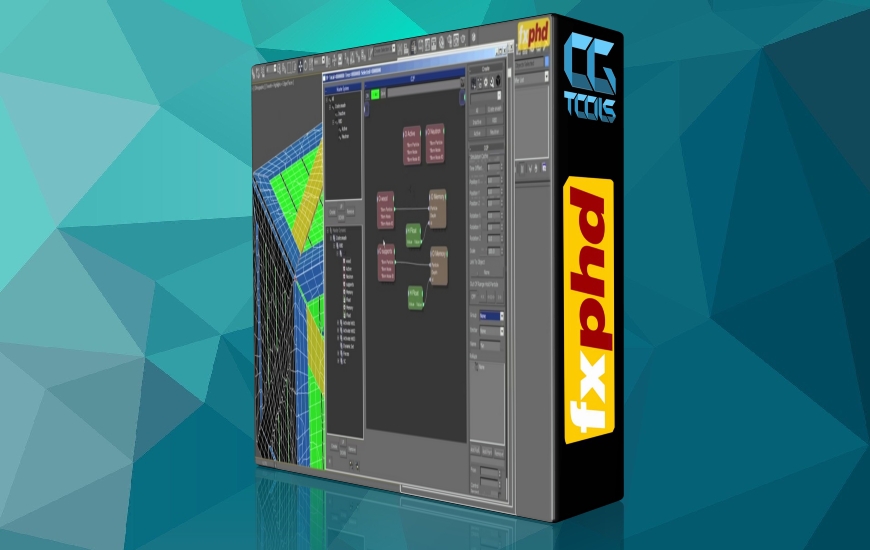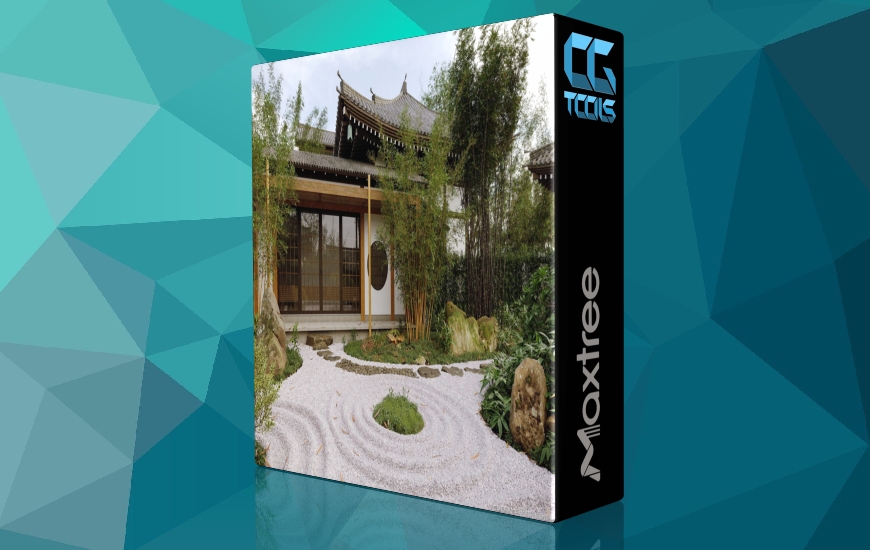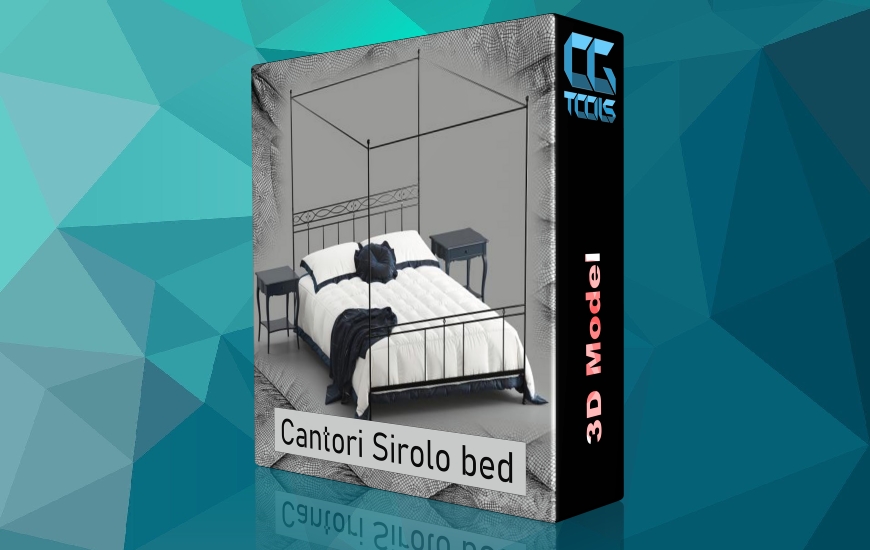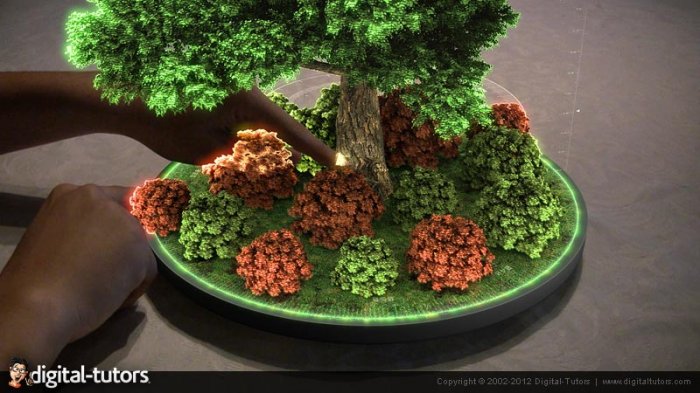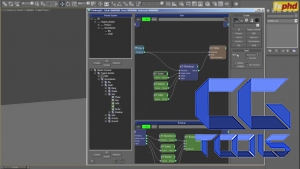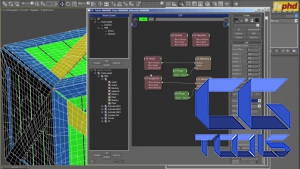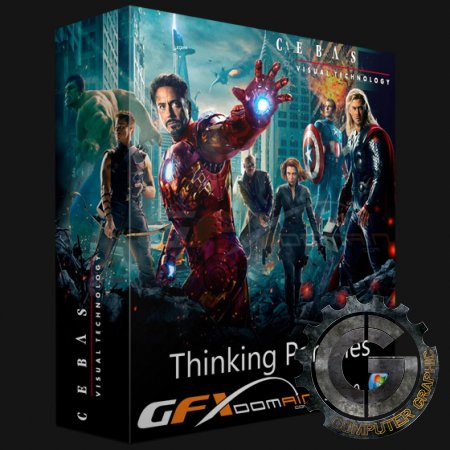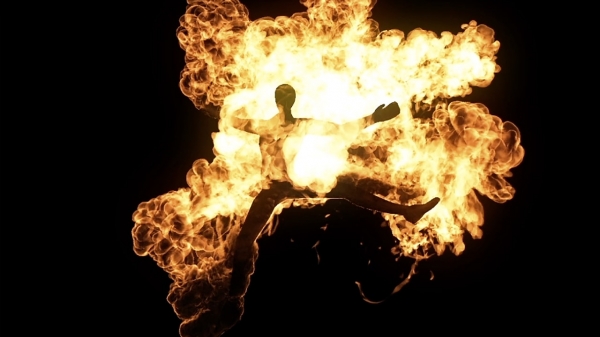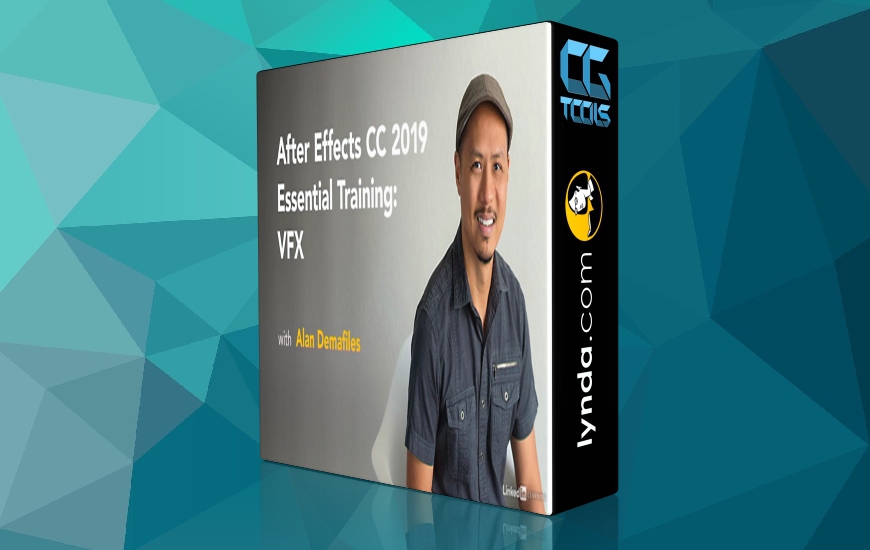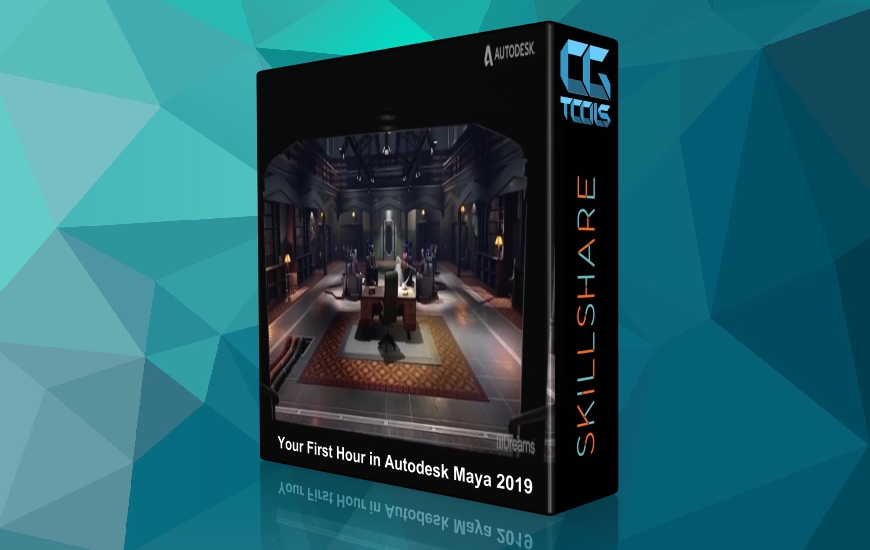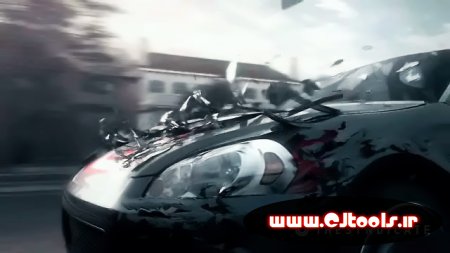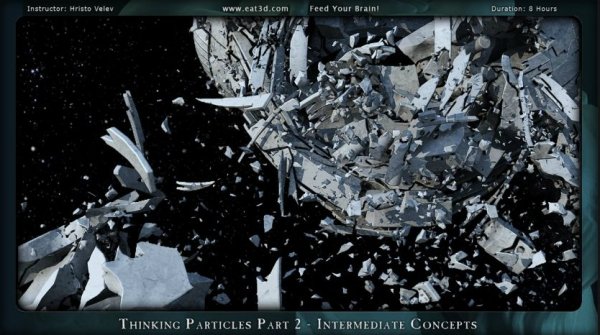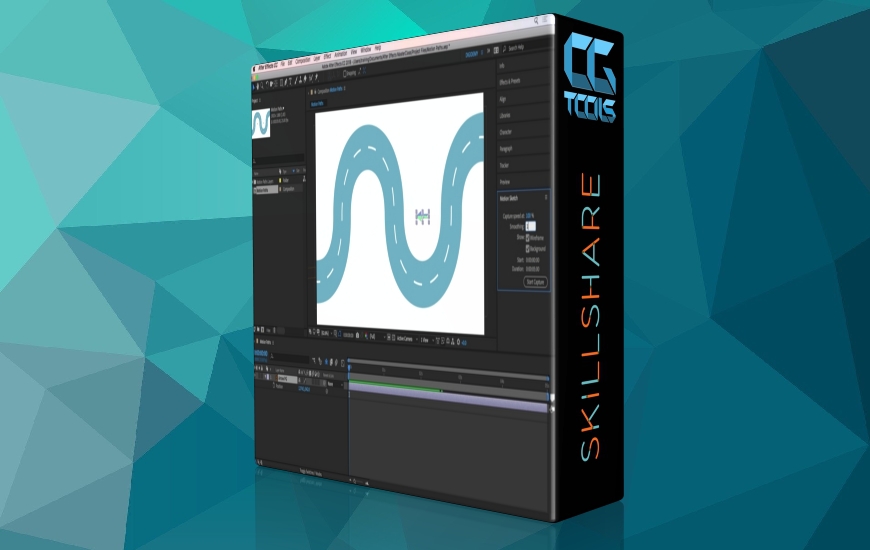![آموزش تکنیک های جلوه های بصری در تری دی مکس]()
این دوره شامل تکنیک هایی است که در انجام کارهای جلوه های بصری استفاده می شود با 3DS Max و پلاگین های آن - ذرات فکر ، Rayfire و FumeFX. از یک زمینه تولید فیلم سینمایی ، تمرکز بر روی است کیفیت و کارایی این یک نگاه کلی به روند است - از برنامه ریزی ، از طریق تکه تکه شدن ، اجسام صلب ، ذرات ، آتش / دود ، تا مدیریت و مونتاژ. Hristo Velev یک هنرمند افکت در Pixomondo است و FX را برای پروژه هایی مانند '2012' و 'Sucker Punch' ارائه می دهد.
کلاس 1: مدل سازی برای پویایی - ما نیازها و ویژگی های آن را بررسی خواهیم کرد مدلسازی برای جلوه ها - که هنرمند FX یا باید انجام دهد یا انجام دهد نظارت ، برای به دست آوردن دارایی های لازم.
کلاس 2: پیش نمایش و طرح بندی - قدرت و اهمیت آن ساخت صحنه های جلوه در مرحله previs و layout یکی از این موارد است درسهای بزرگ در FX. ما به چگونگی طرح های خشن ، انیمیشن ساده خواهیم پرداخت و اثرات ذرات برای برنامه ریزی یک شات استفاده می شود ، پایه های آن را می گذارد و تنظیم آن در مسیر درست.
کلاس 3: تکه تکه شدن - ما تکنیک های مورد استفاده را مرور خواهیم کرد تقسیم شده و دارایی ها را برای پویایی آماده کنید. درمان انواع مختلفی از مواد مانند چوب ، بتن ، شیشه و غیره سطح جزئیات در نقشه شات.
کلاس 4: دینامیک بدن سخت و تکه تکه شدن رویه - به ایجاد سازه ای جامد و قابل ارتقا برای بدن رها شده می پردازد پویایی (RBD) در ذرات تفکر. سپس نگاهی می اندازیم به رویه فعال سازی و تکه تکه شدن ، نحوه و زمان استفاده از آنها. کلاس
5: ساختارها - بررسی بیشتر آنچه می توان انجام داد با اجسام صلب ، راه های مختلف ایجاد و تخریب را بررسی خواهیم کرد ساختارهای به هم پیوسته اجسام صلب.
کلاس 6: انیمیشن اضافی - اضافه کردن هنر ثانویه به کارگردانی انیمیشن برای غنی سازی شبیه سازی RBD ، و اضافه کردن جلوه هایی که هستند در غیر این صورت دستیابی به آن کمتر عملی است.
کلاس 7: ثانویه - افزودن لایه هایی از پویایی ثانویه مانند تکه ها ، آوارها ، ترکش ها ، ترکش ها و اتفاقات خنده دار
کلاس 8: فعل و انفعالات - ساخت شبیه سازی RBD موجود تعامل با محیط زیست ، تولید عناصر بیشتر مانند جرقه ، گرد و غبار ، تپه های زمین و تخریب ثانویه.
کلاس 9: مایعات - تقریباً آتش و دود بسیار ضروری است هر شلیک ما کارکرد هر دو روش را بررسی خواهیم کرد - از مواد جامد تا مواد جامد مایعات ، و از مایع به جامدات ، تنظیم و کنترل می شود شبیه سازی FumeFX. کلاس 10: مدیریت - به نکات کلیدی مدیریت نگاه می کند روند FX ، شروع به پایان دادن. راهی برای ایجاد پایگاه مناسب برای هر FX عنصر در شروع ، و جمع آوری تمام قطعات پازل با هم برای ارائه
مشاهده توضیحاتــ انگلیسی
Visual Effects Techniques with 3DSMax The course goes into the techniques used in doing visual effects work with 3DS Max and its plugins - Thinking Particles, Rayfire, and FumeFX. Coming from a feature film production background, the focus is on quality and efficiency. It is a holistic view of the process - from planning, through fragmentation, rigid bodies, particles, fire/smoke, down to management and assembly. Hristo Velev is an effects artist at Pixomondo, delivering FX for projects like '2012' and 'Sucker Punch'. Class 1: Modeling for dynamics - We'll go through the needs and pecularities of modeling for effects - which the FX artist needs to either do or supervise, to get the necessary assets. Class 2: Previz and layout - The power and importance of composing effects scenes in the previs and layout stage is one of the big lessons in FX. We'll get into how rough sketches, simple animation and particle effects are used to plan a shot, laying its foundations and setting it on the right course. Class 3: Fragmentation - We'll go over the techniques used to fragment and prepare the assets for dynamics. The treatment of different types of materials like wood, concrete, glass, etc. Fitting the level of detail into the plan of the shot. Class 4: Rigid body dynamics and procedural fragmentation - Goes into setting up a solid and extensible structure for ridid body dynamics (RBD) in Thinking Particles. Then we take a look at procedural activation and fragmentation, how and when to use them. Class 5: Structures - Going further into what can be done with rigid bodies, we'll look at different ways to create and destroy interconnected structures of rigid bodies. Class 6: Additional animation - Adding art-directed secondary animation to enrich the RBD simulations, and adding effects that are otherwise less practical to achieve. Class 7: Secondaries - Adding layers of secondary dynamics like chunks, debris, splinters, shrapnel and funny accidentals. Class 8: Interactions - Making the existing RBD simulation interact with the environment, producing some more elements like sparks, dust, mounds of earth and secondary destruction. Class 9: Fluids - Fire and smoke are essential in almost every shot. We'll look at working both ways - from the solids to the fluids, and from the fluid to the solids, setting up and controlling FumeFX simulations. Class 10: Management - Looks at the key points of managing the FX process, start to finish. A way to set up a good base for any FX element in the start, and assembling all the pieces of the puzzle together for rendering.
